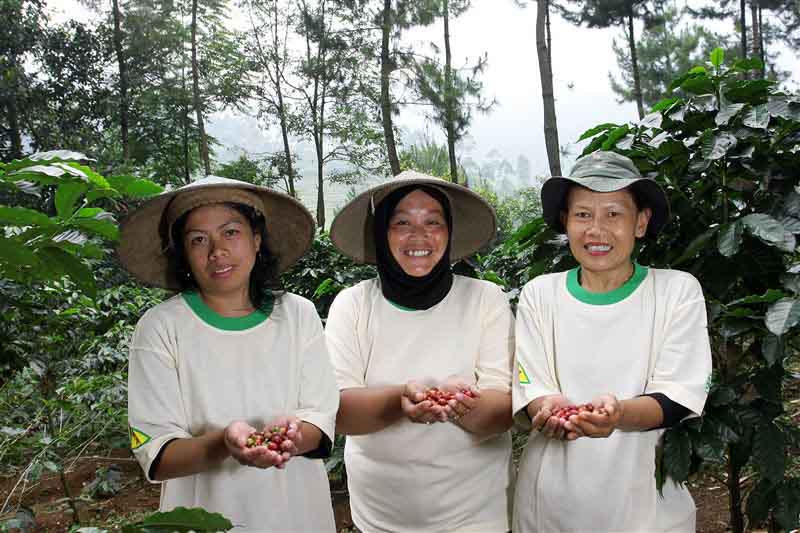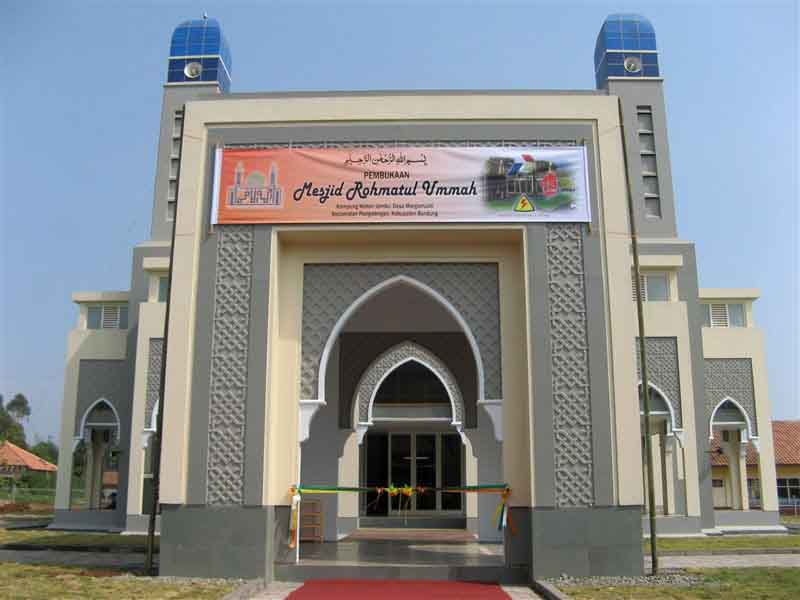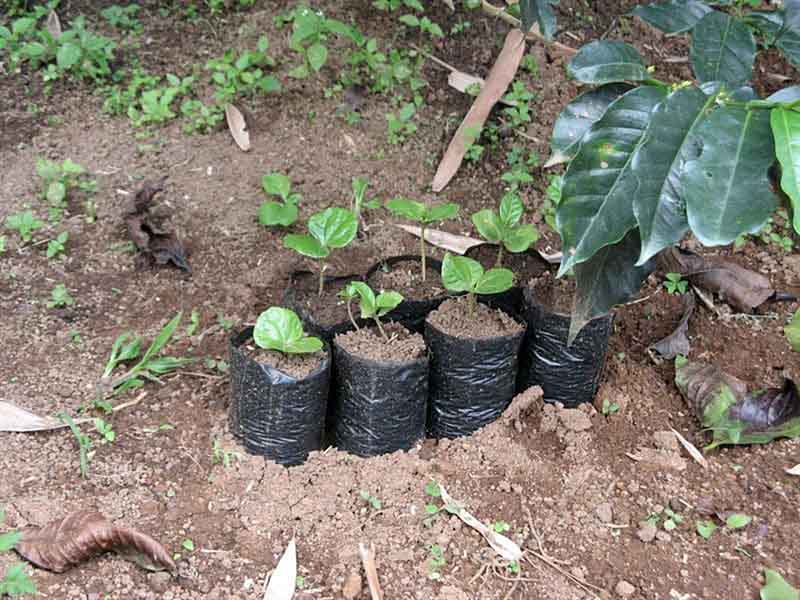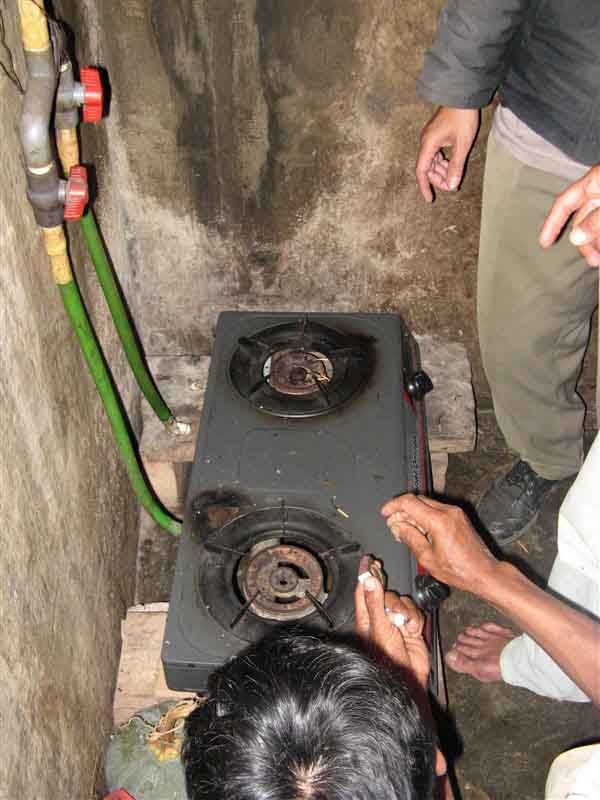Geothermal energy, West-Java, Indonesia
The project involves the installation of a 117 MW steam turbine in the Wayang Windu geothermal fields, in West Java, as addition to an existing 110 MW facility. The facility is the largest single geothermal power plant in Indonesia. The project abates the emission of greenhouse gases from diesel and coal-fired power stations by generating power from geothermal steam, a clean and renewable energy source. On average, the emission reduction amounts to about 794,830 tonnes of CO2 emissions annually. For his leadership in environmental, safety management, community development and corporate social responsibility, the project owner has been rewarded with various national awards (Gold and Green PROPER, Gold PADMA, Aditama Awards).
The project promotes household biogas initiatives, which assist the community in providing an alternative clean energy source, improving the individual waste management and developing environmental quality. A number of educational initiatives are also taking place, including the provision of technical training to the local polytechnic students. Finally, local infrastructures have been built or improved, e.g. a primary school, a language lab in the school, a Mosque and some water supply infrastructures.

Geothermal power plants create emission-free energy from ground heat. The ground heat is used to heat water, and the resulting steam is used to drive turbines. The growth of renewable energy production is essential in limiting global warming and securing energy supplies for the future. The amount of emissions saved by a geothermal project is calculated using the baseline method: how much CO2 would be released by generating the same amount of energy using standard energy production methods for the region? Geothermal energy projects in the ClimatePartner portfolio are registered with international standards.
Explore our projects
Biochar for Climate Action, Healthy Soils, and Better Harvests

A certified climate project combined with additional commitment

Expansion of renewable energy generation in Asia

Ceramic water filters save CO2 and improve health

Improved cookstoves worldwide – for better health and cleaner air

A certified climate project combined with additional commitment

Powering access to renewable energy in Africa

A certified climate project combined with additional commitment

Restored ecosystems remove carbon

Turning degraded farmlands into healthy ecosystems

Improved cookstoves - better for health and the environment

















